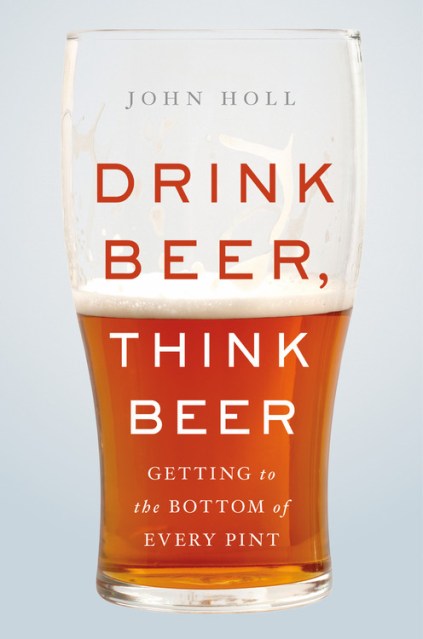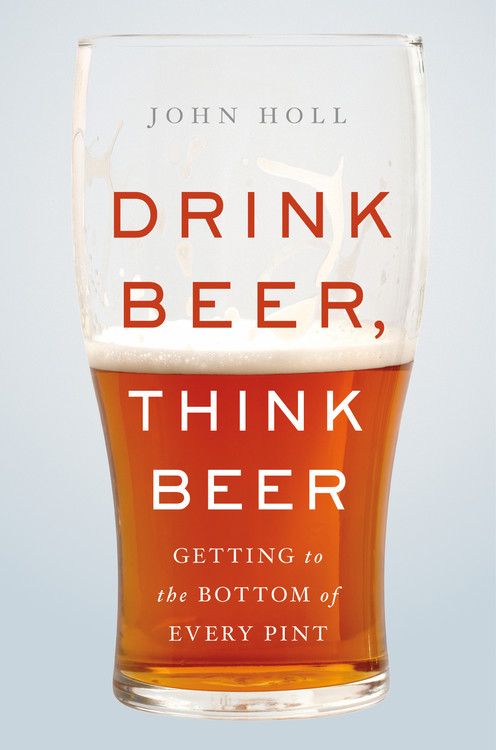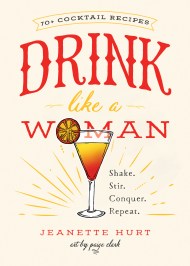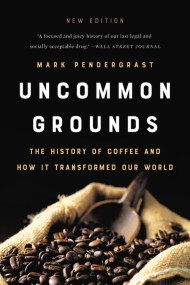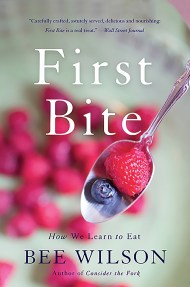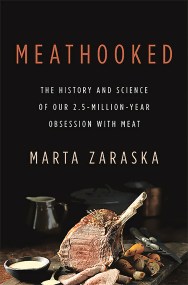Promotion
Use code MOM24 for 20% off site wide + free shipping over $45
Drink Beer, Think Beer
Getting to the Bottom of Every Pint
Contributors
By John Holl
Formats and Prices
Price
$27.00Price
$34.00 CADFormat
Format:
- Hardcover $27.00 $34.00 CAD
- ebook $16.99 $21.99 CAD
- Audiobook Download (Unabridged)
This item is a preorder. Your payment method will be charged immediately, and the product is expected to ship on or around September 4, 2018. This date is subject to change due to shipping delays beyond our control.
Also available from:
Right here, right now is the best time in the history of mankind to be a beer drinker. America now has more breweries than at any time since prohibition, and globally, beer culture is thriving and constantly innovating. Drinkers can order beer brewed with local yeast or infused with moondust. However, beer drinkers are also faced with uneven quality and misinformation about flavors. And the industry itself is suffering from growing pains, beset by problems such as unequal access to taps, skewed pricing, and sexism.
Drawing on history, economics, and interviews with industry insiders, John Holl provides a complete guide to beer today, allowing readers to think critically about the best beverage in the world. Full of entertaining anecdotes and surprising opinions, Drink Beer, Think Beer is a must-read for beer lovers, from casual enthusiasts to die-hard hop heads.
Genre:
- On Sale
- Sep 4, 2018
- Page Count
- 272 pages
- Publisher
- Basic Books
- ISBN-13
- 9780465095513
Newsletter Signup
By clicking ‘Sign Up,’ I acknowledge that I have read and agree to Hachette Book Group’s Privacy Policy and Terms of Use
